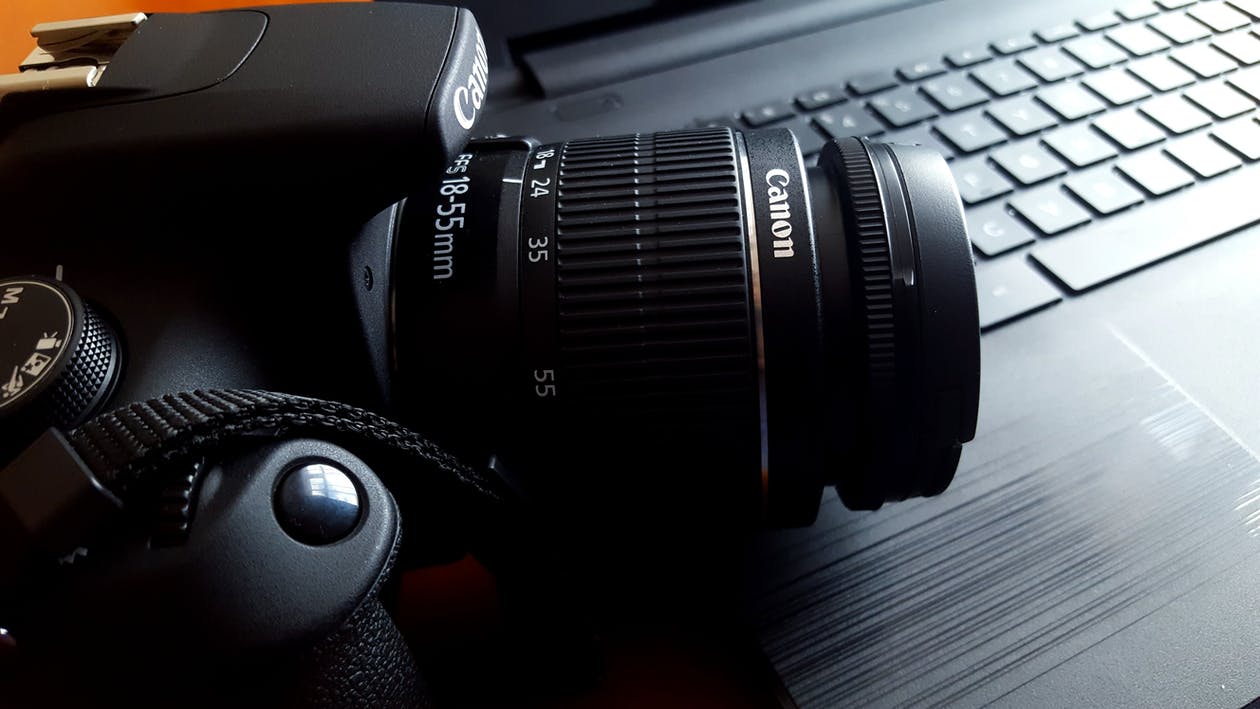Buyer’s Guide to Canon Zoom Lenses: What to Know
Photography is one of the most common hobbies, and for good reason. If you’re one of the people who enjoy [...]
P hotography is one of the most common hobbies, and for good reason. If you’re one of the people who enjoy photography, you may own a DSLR or a mirrorless camera by Canon. As such, this buyer’s guide to Canon zoom lenses aims to help you decide how to select a zoom lens, and what things you need to consider before purchasing one.
Understanding What Zoom Lenses Are
A zoom lens, essentially, is a lens for your camera that allows you to zoom. But, how does it work? It does this by covering a variety of focal lengths, which in simple words means the amount of scene that you will be capturing on your camera. Focal length is measured in the unit millimeters. Usually, focal lengths start at 8 mm and go beyond 300 mm. They can be higher or lower than these, too.
However, these numbers don’t mean that this is the distance that the camera can capture. Obviously! 8 mm and 300 mm are very short distances, and they aren’t going to capture anything. Usually, a normal camera comes with a 50 mm lens.
50 mm is about as much as a normal eye sees. This means that if you stand at point X and take a photo straight ahead, the picture will show almost as much as you can see from point X. Shortening the focal length will mean the picture will become wider, and will thus capture more than our eye sees from point X. This means that the picture taken from the lens will have more of the scenery than our eyes can see.
The opposite of this is true for longer focal lengths. A scene smaller than what our eye sees will be in the frame, essentially “zooming in” on the real-life scene from point X.
To bring it all together, a zoom lens is a lens that has a shorter and a longer focal length and is adjustable. For example, a lens that is 18 mm-140 mm can “zoom in” by elongating the focal length up to 140 mm, and the same lens can also “zoom-out” but shortening the focal length to 18 mm.
Decide the Focal Length You Need
When you go out to buy a Canon zoom lens, you might become overwhelmed with the number of zoom lenses and ranges available. Depending on the type of photography you do, the focal length range will be different. For example, people interested in portrait photography usually buy a zoom lens in the range of 35mm-200 mm. People interested in landscape photography go for 14 mm-35mm, since this provides them a wider view of the scene.
However, these are not set in stone. You might be someone who does multiple types of photography, or even someone interested in taking wide-angle portraits. Depending on your needs, you should select a certain focal length range and then look for Canon zoom lenses with that particular range.
Select the Aperture You Need
After deciding on the range, the next step is figuring out the aperture you need for your zoom lens. Again, this depends on the type of photography you do. This means that you need to figure out if you want a lens that is slow or a lens that is fast. There are pros and cons to both, and depending on the sort of lighting you usually shoot in, your decision will be made.
If you do night-life photography or cover nighttime events, it’s ideal if you select a camera with a fast lens. This is because it will allow for more light to enter the lens and thus your picture will not be too dark, so if you shoot in conditions with low lighting, then fast lenses are for you. Other than that, if you prefer blurry backgrounds and a narrow depth of field, then these will be perfect for you! However, they can be more expensive.
On the other hand, if you normally shoot in well-lit conditions or do daylight photography, you do not need a fast lens. If you prefer cleaner backgrounds with no blur, a slow lens is the one you should buy. It will also be easier on your pocket.
Adjust to the Budget and Buy
All that’s left to do now is to check if your needs fit your budget, and then decide on a zoom lens by Canon. Make sure you thoroughly search the market, as you may be able to score better deals if you look around properly. We hope that this buyer’s guide to Canon zoom lenses has been helpful and that you take loads of great photos of your new zoom lens!
